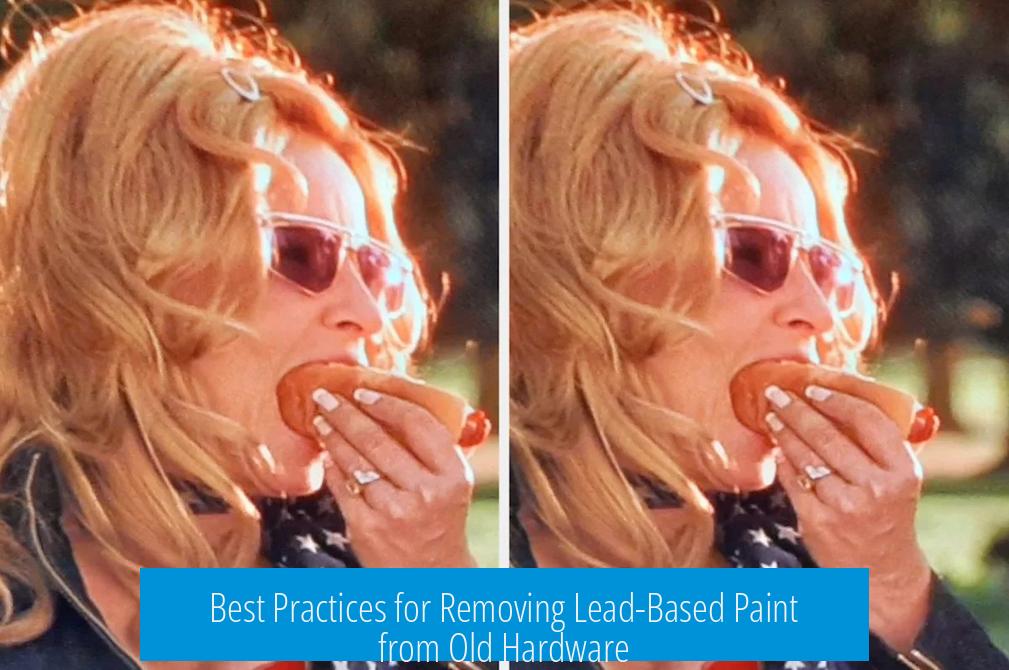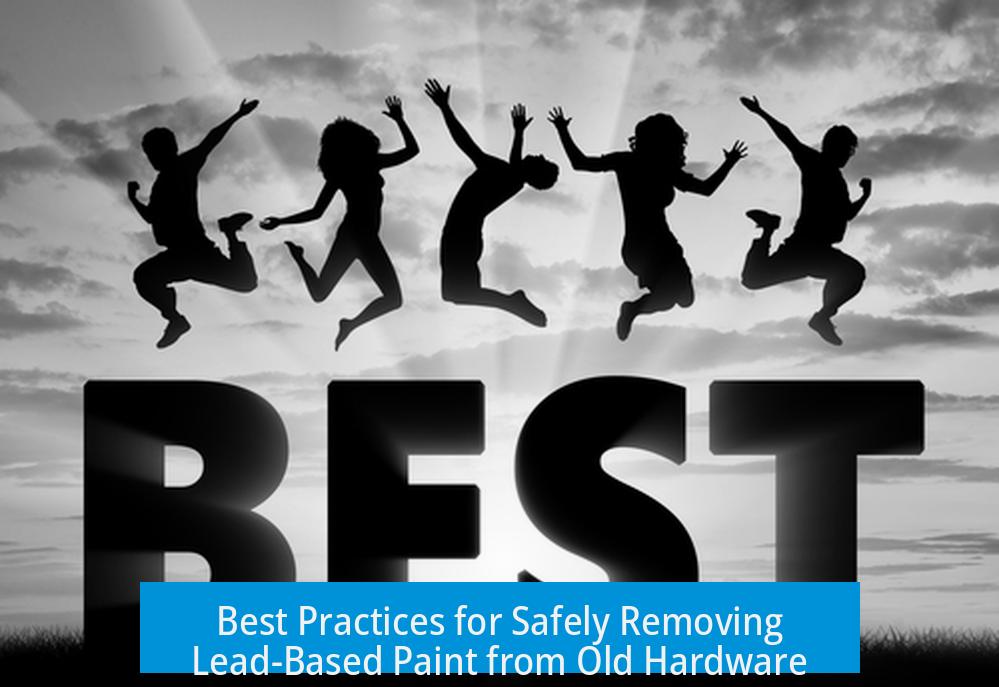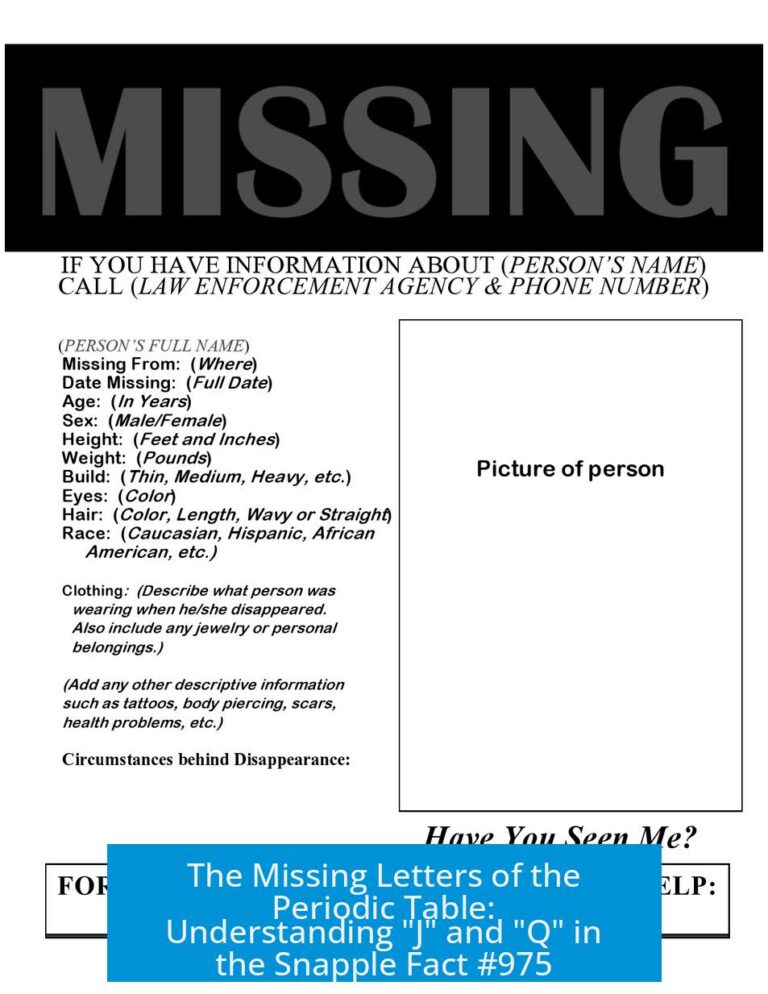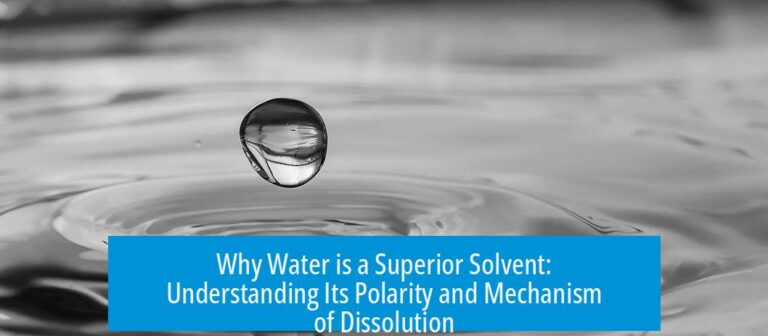Best Practices for Removing Lead-Based Paint from Old Hardware

Removing lead-based paint from old hardware involves careful handling, effective chemical methods, and proper safety measures to minimize exposure to toxic lead particles. This article outlines the key practices for safe and efficient paint removal.
1. Soaking in Strong Alkaline Solution
One effective method is soaking metal hardware overnight in a strong alkaline solution of about 20% sodium hydroxide (NaOH). This technique targets old paint layers, particularly those based on linseed oil.
- Prepare a 20% NaOH solution for soaking.
- Soak hardware overnight to allow the paint to soften.
- Heating the solution accelerates paint removal but avoid using cookware intended for food.
- Conduct this process outdoors or in well-ventilated areas like garages to avoid indoor contamination.
2. Safety Precautions During Paint Removal
Lead paint is highly toxic especially when ingested or inhaled as dust or chips. To minimize risk:
- Always work outside or in an open garage setting.
- Use dedicated, non-food cookware and tools for paint removal.
- Avoid boiling the solution dry to prevent airborne lead particulates.
- Contain paint flakes and dust to prevent accidental ingestion or inhalation.
3. Use of Chemical Paint Strippers
Chemical paint strippers provide an alternative to alkaline soaking. Options include methylene chloride-based or orange oil-based strippers, with orange oil being less toxic.
- Place hardware in a non-reactive plastic container with the stripper.
- Allow soaking for a few days outdoors, away from people and animals.
- After soaking, wear rubber gloves and use steel wool to remove residues.
- Rinse hardware thoroughly with water to clear residue.
4. Disposal of Lead-Contaminated Waste
Materials contaminated with lead-based paint require proper disposal to prevent environmental contamination.
- Check with local sanitation or hazardous waste authorities for disposal guidelines.
- Do not discard paint chips or contaminated solutions in regular trash or drains.
5. General Handling Advice
Standard stripping procedures apply, but avoid any ingestion or direct contact with paint residues. Keep hands and surfaces clean to mitigate poisoning risks.
Key Takeaways
- Use 20% NaOH alkaline solution or chemical strippers to remove paint safely.
- Conduct all steps outdoors or in ventilated spaces with protective gear.
- Avoid boiling treatments and contain paint dust and chips carefully.
- Dispose of lead waste following local hazardous materials regulations.
- Handle materials with caution to prevent lead ingestion or inhalation.
How should I prepare old hardware for lead paint removal using alkaline solution?
Soak metal parts overnight in a 20% sodium hydroxide solution. This breaks down old linseed oil-based paints. Do this outside or in a well-ventilated space like a garage. Heating the solution can speed up the process.
What safety measures are essential when removing lead-based paint?
Work outside or in the garage to avoid indoor contamination. Use cookware solely for this task. Never boil the solution dry, as airborne lead particles are hazardous. Always keep paint chips and dust contained to prevent ingestion and inhalation.
How should lead-contaminated waste be disposed of after paint removal?
Contact your local sanitation or waste disposal department for guidance. Proper disposal ensures compliance with regulations and avoids environmental contamination.
Which chemical paint strippers are suitable for lead paint on hardware?
Use either methylene chloride-based or less toxic orange oil-based strippers. Place parts in a non-reactive plastic container and soak them outside away from animals and people. Clean residue with rubber gloves, steel wool, and rinse well.
What is the key handling advice to follow during the lead paint removal process?
Strip paint following usual methods but avoid ingesting any paint chips or residue. Proper protective gear and hygiene help minimize exposure risks throughout the process.





Leave a Comment